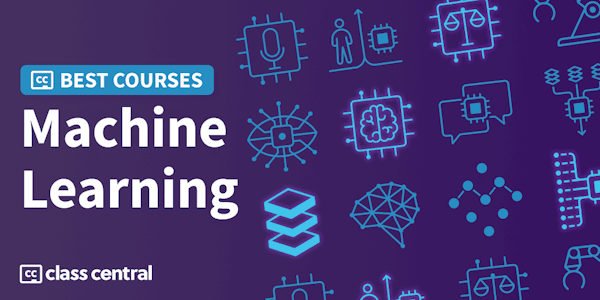Explore the challenges and solutions of nanosecond-level clock synchronization in data centers through this Stanford University seminar. Delve into the Huygens algorithm, developed by Mendel Rosenblum and Balaji Prabhakar's research group, which achieves synchronization within tens of nanoseconds without special hardware. Learn about the limitations of traditional Network Time Protocol (NTP) in high-performance networks and discover innovative techniques that leverage machine learning and global knowledge. Understand the importance of precise clock synchronization for distributed system software operating in microsecond communication environments. Gain insights into the algorithm's approach, including increased probe messages, sophisticated data analysis, and clock adjustment computations. Compare Huygens to NTP, explore alternatives, and consider future directions in this field. Perfect for those interested in advanced networking, distributed systems, and cutting-edge synchronization technologies.
Overview
Syllabus
Introduction
Clock synchronization
Networked machines
How it works
Timestamping
Graph
Data
Machine Learning
The Problem
Bad Data
Clock Probes
Clock Coordinator
NTP Comparison
Alternatives
Future Directions
Conclusion
Taught by
Stanford Online


